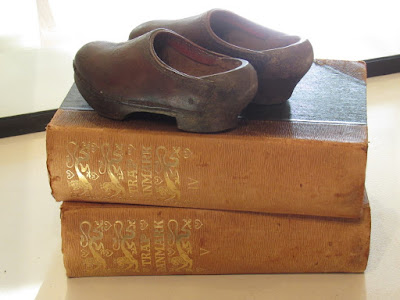The Great American Political Poster...
When we saw this exhibit was being offered at the San Luis Obispo Public Library, we knew this was how we would spend our brief time in this familiar college town (our younger son graduated from Cal Poly).
Technological innovation in the lithographic process in the 1880s ushered in the golden age of lithography, roughly 1890–1912 which produced some the of the most intricate and colorful posters in the exhibition.
The left-wing counterculture revolution of the 1960s was awash in civil rights, psychedelia and anti-war posters that culminated in the creation of some of the finest campaign posters, many of which appeared in the 1968 Democratic primary campaign of Eugene McCarthy. The George McGovern campaign that followed in 1972 was a virtual explosion of exciting political art. The offset printed poster was the more frequent, but many famous artists, such as Alexander Calder and Peter Max, screenprinted limited editions that helped fund campaigns. Hundreds of posters were created by well-known artists, illustrators, and often by inspired first time poster makers.
This poster for Richard Nixon is a Robert Crumb classic "Keep On Truckin'" logo. I guess it was effective as Nixon won that election. It certainly brought back memories of our youth.
I think this poster was one of the more intriguing. Four For McGovern was a benefit concert for Democratic presidential candidate George McGovern who was running against Republican incumbent, President Richard Nixon. McGovern ran on a platform of withdrawal from Vietnam, reduction in defense spending, and ratification of the Equal Rights Amendment. Celebrity ushers (a who's who in Hollywood- wow) worked the concert. Warren Beatty, a passionate McGovern supporter, masterminded the entire concert and convinced Streisand to perform. Wow, that would have been worth the $100 ticket price.
Historically, the American political poster has been sorely neglected as an art form and has played a minor cultural role, despite its effectiveness in conveying a political message to millions of voters often through the skillful use of visual communication. Sign of the Times has made every effort to bring eye-popping political graphics to the to the forefront and to show the great American political poster as art. This exhibit was informative and seemed rather timely.
So this was our final sightseeing stop on the last day of 2019. Here's to an even more interesting, exciting and healthy new decade.






























































Recent Comments